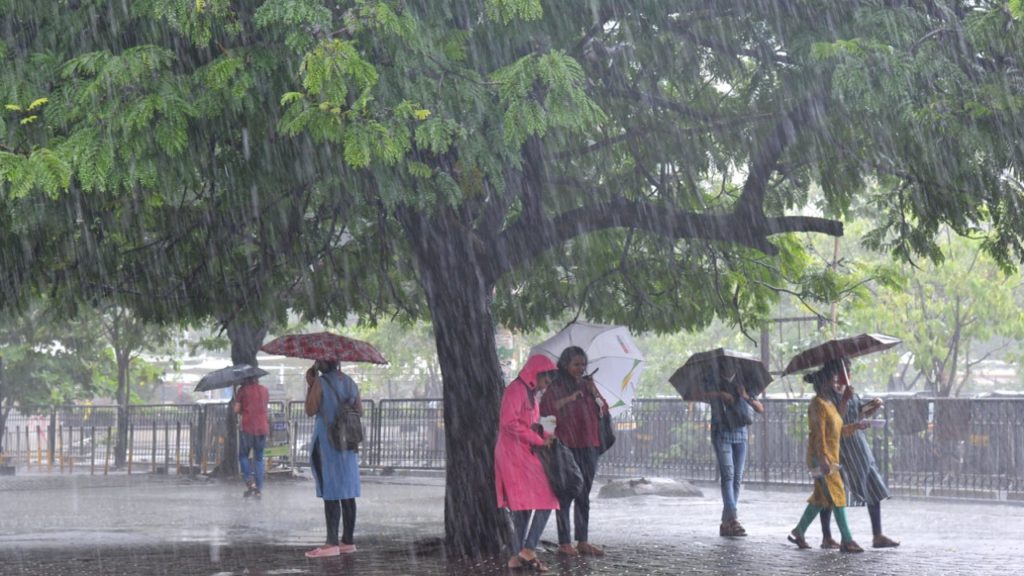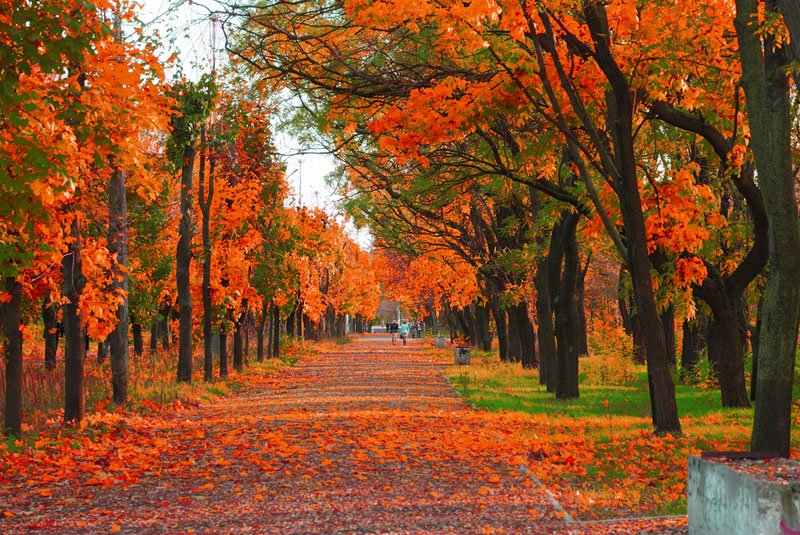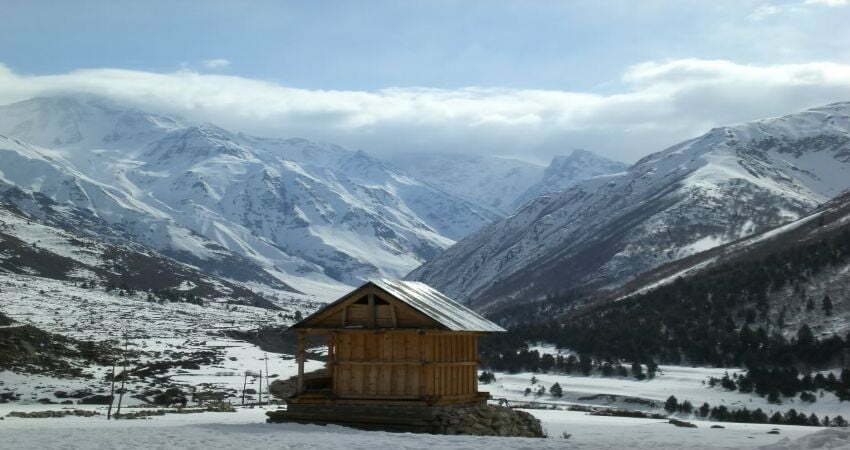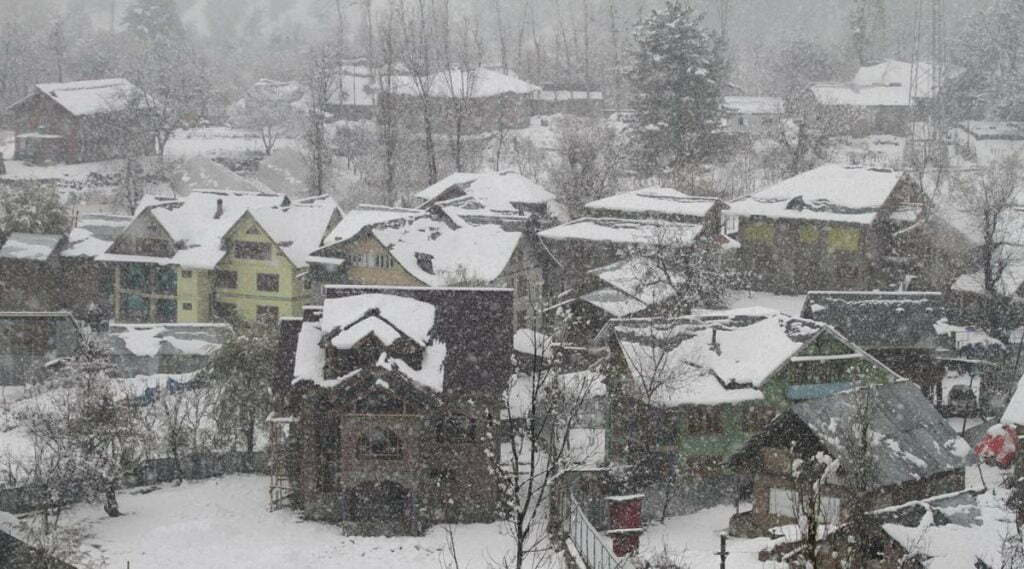The seasons remind us that change is a law of nature. It is also a sign of advancement. In India, the main reason for this is that there are names of the six seasons following an ancient Hindu calendar (the Lunisolar Hindu). The twelve months of the calendar are split into 6 seasons with two months each. Read on to know more about each season and its specialty.
1. Spring Season (Vasant Ritu)

Spring in India is a time with a duration of two months, which is the months of March and April. According to the Hindu calendar, this period is celebrated during two months: Chaitra and Baisakh respectively.
It’s a lovely time of the year that averages temperatures of around 32 degrees centigrade. It is the season that begins after winter and will continue until the summer begins. The day gets longer, and the nights are shorter during this time of year.
The people get out of their blankets and woollen clothing and put on light clothes. It is a bright and joyous season. When the tree sheds its leaves, new leaves start appearing. Animals and birds too love this time of year and feel content in this time of year. Birds begin chirping, singing and butterflies begin to hover over the blossoms. Apart from that, many renowned Hindu celebrations are observed during this time of year, including Holi, Vasant Panchami, Gudi Padwa, Baisakhi, Hanuman Jayanti, and many others.
2. Summer (Grishma Ritu)

It’s also a 2-month duration season which includes two months, May and June. According to the Hindu calendar, this period is mostly observed within Jyeshta in Jyeshta and Aashaadha. At this time it is extremely hot in the majority of areas of India. The season begins on the final day of April and runs until the end of June. e.g. time after spring and before autumn.
The average temperature is around 38 degrees centigrade. The days are the longest during this time of year, while the night is the shortest. Because of the hot heat and sun’s rays the level of water in rivers, ponds, and ponds decreases, and the people, including birds, animals, and others. get uncomfortable and prefer to stay in as long as they can.
3. Monsoon (Varsha Ritu)

It is comprised of the months of July and August. According to the Hindu calendar, this period is in the month of Shravana as well as Bhadrapada (Sawan Bhado and Bhado). According to the name, the majority of India during this time of year enjoys rains.
In comparison to the summertime, days are shorter and the nights are longer at this time of year, and the average temperature is about 34 degrees Celsius. This is often referred to as the “green season” by people in the tourism industry.
The earth is covered with vegetation, birds sing in harmony, and the level of water increases in the canals, ponds, and rivers at this time of year. The sky is suffused with dark clouds just before it rains, and rainbows can be visible in the sky once the rain has stopped. The most important Hindu festivals celebrated during this season include Onam Krishna Janmashtami, Onam, and Raksha Bandhan.
4. Autumn (Sharad Ritu) Season in India

The autumn season is during the months between September and October. According to the Hindu calendar, this time of year is observed in the Ashwin as well as Kartik months. The scorching and humid weather begins to fade and leaves begin falling off trees in this time of year, hence it is often referred to as the fall season. The sky is clearer when compared to the monsoon season and a clear moon can be observed in the sky with many stars that appear like pearls scattered across the sky. The water from the ponds and rivers settles down and cleans and there isn’t any dirt within the village. Mites and insects gradually begin to disappear with the advent of the autumn season.
It commences following the monsoon or rainy season. It lasts until the beginning of the pre-winter period. The average temperature for this time of year is around 33 degrees Celsius. The duration of night and day is nearly identical during this time of autumn. Equinoxes are also observed at this time of year. This is a period that the Earth’s axis of gravity is named in a way so that it is neither inclined toward nor toward the Sun.
5. Pre-winter (Hemant Ritu) Season in India

This season occurs in November and December. According to the Hindu calendar, this time is observed during the Agrahayana and Pausha ( Agahan and Poos) months. It begins at the end of October and runs until the time of the winter season or the beginning of January. It is also the time before that wintertime.
The temperature is moderately cold, with an average temperature of 27 degrees Celsius. This is the time of transition from autumn into winter and is the most relaxing season of the year. The days get shorter than the nights, and the night is foggy and colder. The chance of rain is not uncommon during this time of year.
The mountains and hills begin to shed their mature leaves to decrease the loss of water from trees to compensate for the water loss. But, in the next few days, the trees are laden with fresh leaves and blooms. This sends an opportunity to let go of old temptations behind and opt for newer or more innovative ways. Winter sports at national as well as international levels are held during this time of year.
6. Winter (Shishir or Shita Ritu)

In India, winter occurs during January and February. According to the Hindu Calendar, this time is observed in the months of Magha as well as Phalguna. This period is between winter and spring and the season is characterized by cold winds, dryness as well as occasional rain and snowfall.
This is by far the coldest time of the year, with an average temperature of 0-20 degrees centigrade. This weather is affected by the air pressure. A region of high pressure occurs in the northern part of the Himalayas, which causes the movement of wind out of this region toward the Indian subcontinent. In certain regions, temperatures drop to below 0°C and snowfall is prevalent in many of the hills of India during this time of year.
We hope you are now familiar with the 6 seasons in India. Find more such informational blogs on Podium School.
Share with your friends






